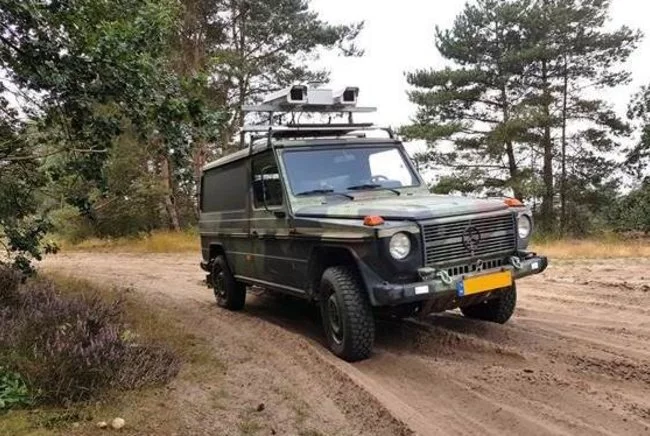Improvised Explosive Devices (IEDs) can be very difficult for soldiers to detect, as they're made in a wide variety of shapes and sizes, and are typically buried in the road. A new vehicle-mounted system, however, is designed to "spot the signs" of IEDs.
The technology is being developed by a team led by electrical engineer Dennis van de Wouw, of the Netherlands' Eindhoven University of Technology. Hardware-wise, it incorporates a stereoscopic video camera, a GPS positioning system, and an image-analyzing computer/interface – all of these components would be installed in existing military vehicles.
When such a vehicle was out and about, its camera would be trained on the road ahead.
Utilizing the GPS and the image-analysis platform – along with artificial intelligence-based algorithms – real-time images of that road would be compared to previously-recorded images of the same location. If "warning signals" were detected, such as evidence of recent soil disturbances or above-ground triggering devices, the vehicles' occupants would be alerted to their location through the interactive interface.

Even if the real-time video and the reference video are recorded under different lighting or weather conditions (or from slightly different angles), recent field tests of the technology have shown that it's able to compensate for such variables, effectively spotting test objects that were placed along a stretch of road.
Van de Wouw is now working with Eindhoven University spinoff company ViNotion, and with the Dutch Ministry of Defense, to further develop the technology.





